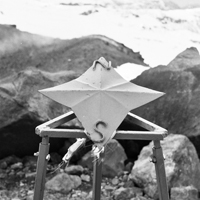
Apparently, just when you think things couldn’t get worse for the beleaguered surf brand, it did. On Tuesday, June 4, 2013, Billabong’s potential sales to either Altamont Capital or Sycamore Partners closed, and trading started up again. But the news that the sales negotiations for changes in overall control had ended meant even lower market confidence about the brand with a 50.6% drop in shares values from $.45 to $.22 per share by the end of the day (reaching at one point, a low of $.19 per share).
Instead of buying Billabong as originally scouted, discussions have “shifted to alternative refinance and asset sale transactions” meaning parts of the assets of the brand may be sold. They are already in the process of trying to sell West 49, the Canadian retail chain owned by Billabong.
The proceeds of any asset sales would be used to repay existing debts.
“The refinancing is intended to provide the company with a comprehensive solution and an appropriate capital structure, allowing it to continue its reform agenda,” Chairman Ian Pollard said in a statement.
“It’s our intention to conclude these discussions as soon as practically possible while aggressively reducing costs across all our global operations.”
“This is the worst fear that we had,” said IG markets strategist Evan Lucas. “They are now in the situation where they are going to have to be completely refinancing; that will obviously dilute their share price and dilute any form of debt that they’ve already got, which is the concern they’ve had the entire time.”
To provide a quick recap, in February 2012, Billabong rejected an offer from TPG Capital Management at $850 million or $3.50 per share.
Struggling Australian and European economies are also said to be part of the blame, but the reality that Billabong expanded too fast at the wrong time, and the brand lost touch with the youth culture marketplace, are major factors in how Billabong got into this position in the first place.


